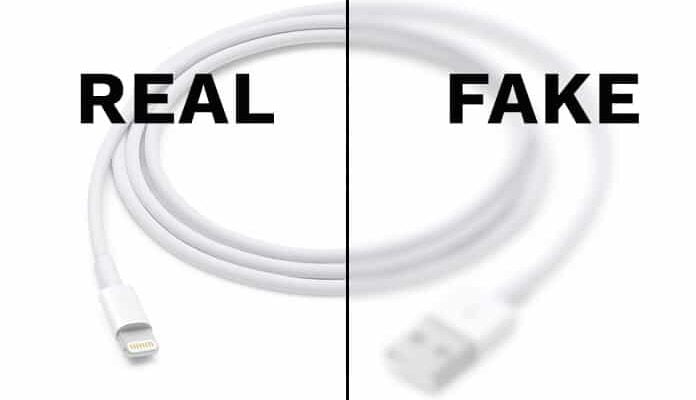In today’s tech-driven world, mobile devices have become an indispensable part of our daily lives, and with that, the importance of having a reliable charger cable cannot be overstated. However, with the market flooded with counterfeit products, distinguishing between a fake and an original mobile charger cable has become increasingly challenging. In this article, we’ll delve into effective methods to determine the authenticity of your mobile charger cable.
Identifying a Fake Mobile Charger Cable
Visual Inspection
One of the initial steps in assessing the authenticity of a mobile charger cable is through visual inspection. Examine the cable closely for any irregularities in its design, such as mismatched colors, poor craftsmanship, or rough edges.
Testing the Cable’s Flexibility
Genuine charger cables are designed to be flexible yet durable. Bend the cable gently to check for its flexibility. If it feels rigid or if there are any signs of cracking, it’s likely a counterfeit product.
Checking the Connector Quality
Inspect the connector at both ends of the cable. Genuine cables typically have sturdy connectors with precise molding and smooth finishes. Any inconsistencies or loose fittings indicate a counterfeit cable.
Verifying the Brand Logo and Packaging
Pay attention to the branding and packaging of the cable. Original cables usually come in well-designed packaging with the manufacturer’s logo prominently displayed. Counterfeit products often have spelling errors or faded logos on the packaging.
Conducting Electrical Tests
Testing Voltage Output
Using a multimeter, you can measure the voltage output of the charger cable. Genuine cables will provide a consistent voltage output within the specified range. Fluctuations or unusually high or low readings may indicate a fake cable.
Checking for Overheating Issues
During charging, monitor the temperature of the cable. Overheating can be a sign of poor quality materials or faulty wiring, common traits of counterfeit cables. A genuine cable should remain relatively cool during charging.
Evaluating Charging Speed and Efficiency
Compare the charging speed and efficiency of the cable with that of an original cable from the manufacturer. Fake cables often have slower charging times or may not charge the device at all.
Using Online Resources and Apps
Utilizing Manufacturer Websites and Resources
Many manufacturers provide online resources or verification tools to help customers authenticate their products. Visit the manufacturer’s website and enter the serial number or unique identifier of the cable to verify its authenticity.
Mobile Apps for Cable Authentication
Some mobile apps are specifically designed to detect counterfeit products, including charger cables. Download reputable apps that utilize scanning technology or database checks to identify genuine cables.
Conclusion
Ensuring that your mobile charger cable is authentic is crucial for the safety and performance of your devices. By following the methods outlined in this article, you can confidently identify and avoid counterfeit cables, protecting your devices from potential damage.




